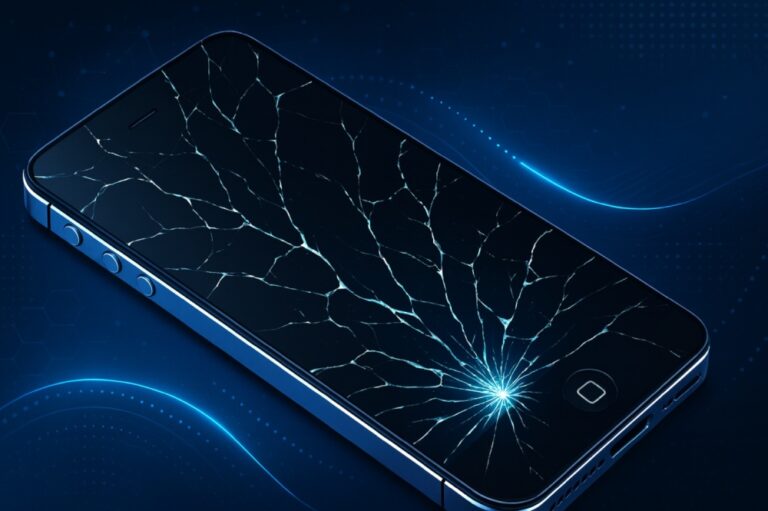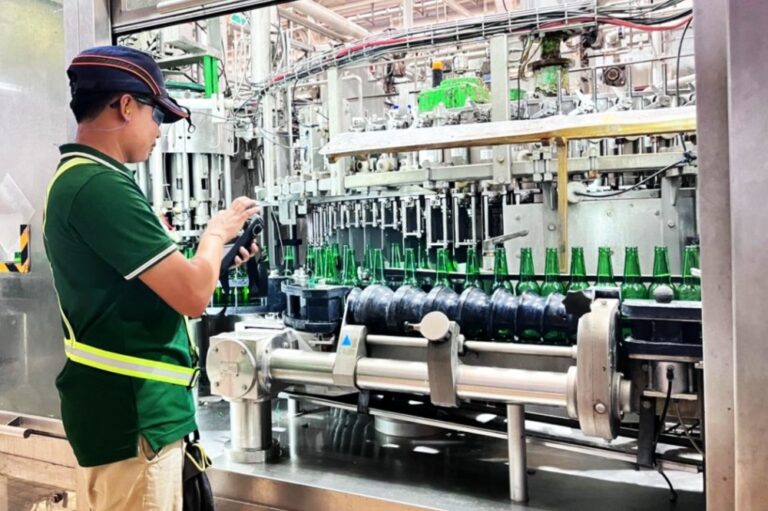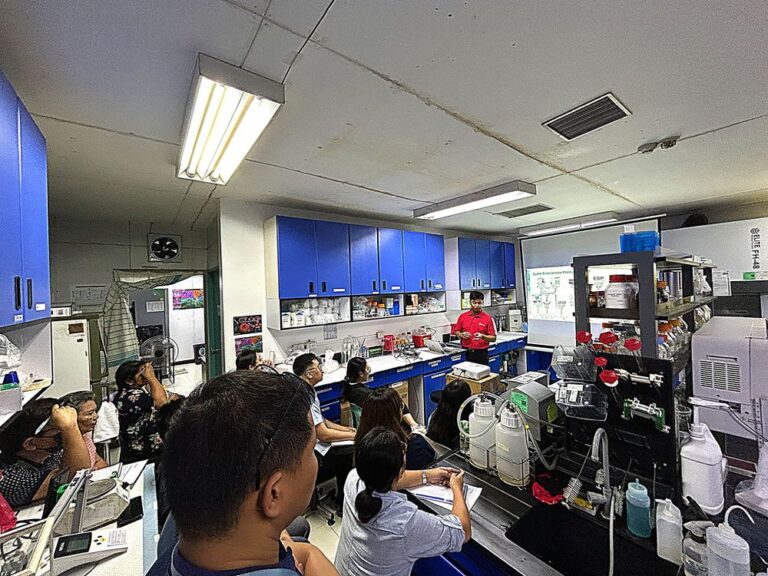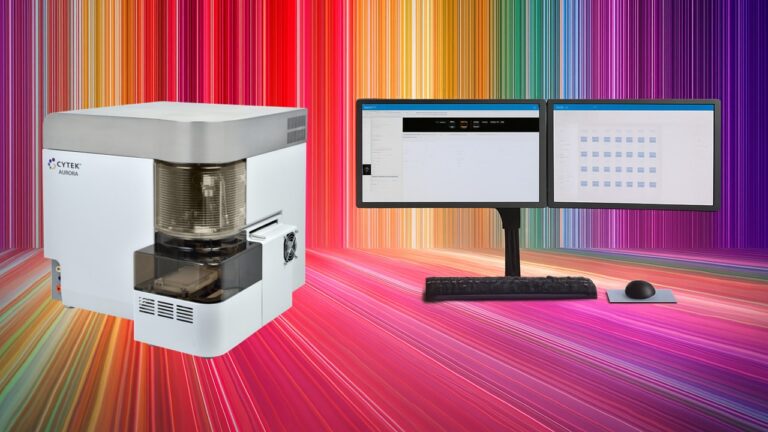Evaluating the Early Impacts of Overcharge on a Lithium-Ion Battery Cell Using the Battery Cycler Microcalorimeter Solution
Lithium plating and dendrite formation remain among the most challenging safety issues in battery development. Traditional testing methods detect problems after thermal runaway begins – but what if you could spot the warning signs days earlier?

Abstract
Lithium plating and dendrite formation is an issue that degrades the safety, stability, and efficiency of lithium-ion and lithium metal cell chemistries. The lithium plating process can be complex but is typically an electrochemical process followed by a series of spontaneous chemical reactions. A technique that is well equipped to study electrochemically coupled chemical reactions is in operando isothermal microcalorimetry using the Battery Cycler Microcalorimeter Solution. In this study, two identical coin cells were prepared and treated to different cycling protocols. One cell was overcharged by 50 mV and showed strong evidence for lithium plating and an internal short circuit, while the other was kept within the standard voltage window and showed no abnormal behavior. A comparison between the thermogram profiles, parasitic heat, coulombic efficiency, and voltage drop
between cycles is performed for both cells. The electrochemical data showed no characteristic differences until the internal short occurred, but the heat flow displayed significant levels of instability and side reactions from the onset of overcharging. This type of non-destructive safety testing will yield unique insights into the fundamental mechanisms of cell failure and benefit early phase optimization of lithium-ion and lithium metal battery chemistries.
Keywords: Battery, overcharging, battery safety, Battery Cycle Microcalorimeter Solution, in-operando,
non-destructive, battery calorimetry, electrochemical calorimetry




